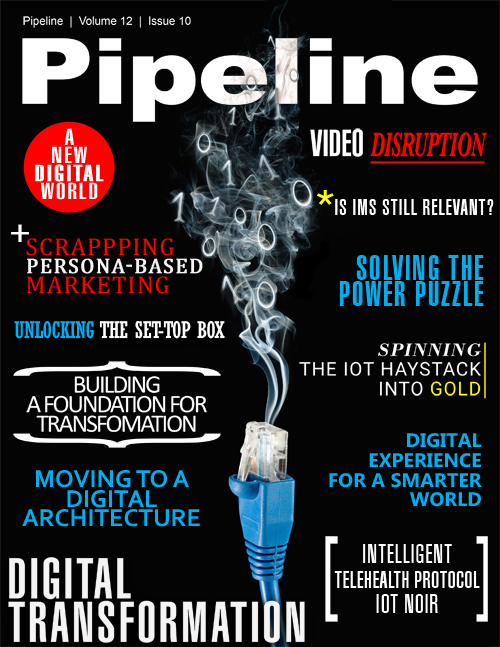Moving to a Digital Architecture
By: Stephen Randall

In their benchmark “Observatory” report on the state of MVNOs in early 2014, analysts Piran Partners asked whether there was much more mileage in the U.K. MVNO model.
“The key question is whether the U.K. market can continue to support this number of MVNOs and grow,” they asked.
Today the U.K. is a highly dynamic market for MVNOs – given the sheer number of MVNOs serving business, charity, migrant, retail and roaming customers. And as noted U.K. MVNO penetration is not particularly high, by large country EU-comparison.
Two years on, and we have at least one definitive answer. MVNO iD Mobile has grown dramatically in the space of just nine months in an already saturated marketplace – and has done so with minimal marketing beyond some social media and an association with Carphone Warehouse. To achieve this from a green-field standing start is clearly an achievement which threatens legacy operators and comfortable incumbents.
Of course, these new players have the unfair advantage of being built digital-first from the ground up. They have no expensive legacy systems or integration challenges to worry about. But just as challenger banks are disrupting traditional financial services, there is no solace in systemic complexity. Traditional mobile brands must pull together their digital agenda if they’re going to compete.
That said, consumers don’t think in terms of digital architectures. They don’t care about the infrastructure that underpins their mobile service, how complex it is, or indeed whether it has been strung together over several years. They just have an increasing list of expectations: seamlessness, perfect integration and compatibility, and an ability to stay powered, connected and functional that practically defies the laws of physics.
So what do DSPs bring to the consumer? In the words of a recent Ovum report entitled Digital Services and the Emergence of Telcos as DSPs - “Telcos must adapt and meet customers' demand for an optimum experience.” DSPs remove complexity from the technology stack, allowing operators to focus on – and profitably deliver – that optimum and competitive experience which meets customer expectations.
For an efficient DSP, for example, it is possible to create engaged and happy customers with an optimised experience whilst actually cutting costs, too. Every non-exceptional account management function is delivered through an app: there is no telephone support beyond a rudimentary digitised ticketing service. This cuts costs of course by removing the expense of the service channel and its high-touch interactions. This is not only the cost of fielding CSAs, but also the sunk time of engaging with customers in today’s multi-channel service environment, where conversations must be summarised in service records and then resolved and re-communicated in a different medium; e.g. by email or Twitter. Yet at the same time, the DSP creates more satisfied customers. The customer manages their service for themselves: on demand and with a degree of granularity and depth that would be impossible without the DSP’s unified architecture. And this customisation happens in real-time; not at the start of the next billing cycle or at midnight; again giving the customer comfort that they are in control and “the system” understands what they want.
The flexibility accorded to customers by the agile DSP hints at a broader trend. Not only is the customer able to bespoke their experience; the overall go-to-market product is customisable to an infinitely granular degree, too. Traditional MVNOs were crippled by the inflexibility and administration costs of pre-pay. New services came with a huge development overhead. On a unified DSP platform, however, the formalised product catalogue is an obsolete concept: communication (voice, data), content (Spotify, Netflix) and configuration (data sharing, family accounts, parental controls) are managed in real-time, again through the app, to the customer’s personalised specification. As well as customer convenience, this enabled environment unlocks marketing opportunities (bundling, freebies etc.) which maximises the profitability of the venture. And by definition, a customer-designed service validates pricing policy: the consumer decides with full transparency and product knowledge what works for them.
A digital platform also cuts the implementation costs of supporting OTT digital services. Some operators have toyed with imposing restrictions on OTTs (low support, throttling, etc.) but the walled garden approach has been proven wrong time after time (and the emergence of IoT/M2M suggests no different). Smart operators see OTT players as a revenue opportunity – especially when their brands are strong, too. As data becomes the default product, and as it becomes subject to commodity-grade pricing, the matrix of OTT partnerships is set to become a key product differentiator.



















